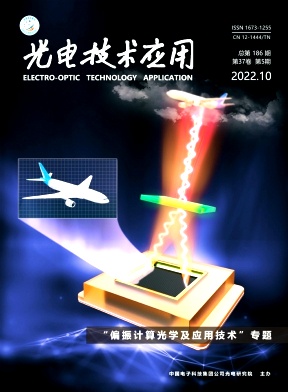
A laser detection system is divided into three parts, which are laser emission, laser receiving and echo signal processing. Traditional laser range finder is used as laser emission module. Laser receiving tube is used in laser receiving module, signal processing module is realized by field programmable gate array (FPGA) and a high precision time-delay module is used to simulate laser distance. The buffer storage and processing of the sampling data, the clock control, logic control and sequence control of the whole circuit are mainly completed. The laser echo simulation system is used to simulate the transmission process of laser echo in atmosphere and provide remote virtual targets, and to get the longest measurement range parameter. With FPGA series Spartan-6 as the design platform, a 300 M internal frequency multiplier circuit is used in the high speed clock circuit to realize 3 ns time-delay precision. The system has the characteristics of high speed, good real time and FPGA has the characteristic of parallel processing.
Chaos is a kind of seemingly random irregular movement arising in a certain system, which is extremely sensitive to initial conditions. Laser chaos is an important part in the reserach of chaos theory. The Ikeda laser system model is introduced, which includes the establishment of the dynamic model, dynamic equation and the corresponding characteristics of the system. The Bifurcation and Lyapunov exponent maps are simulated by MATLAB. And the characteristics of the system are analyzed and discussed with simulation images.
With the rapid development of optical information processing technology, optical information processing technology based on multimode fiber dispersion is concerned. However, how to exactly excite the required modes has limited the application. There is the analytical solution for graded-index multimode fiber, but not for step-index multimode fiber. Step-index multimode fiber is more suitable for the optical information processing since it has large mode dispersion. The mode excitation of step-index fiber is discussed through Matlab simulation. Simulation results show that different excitation modes can be obtained by changing the conditions of the incident Gaussian beam such as offsetting beam, tilting beam, changing the radius of the beam waist. At last, the mode excitation of tilting beam and the modal dispersion of the fiber are tested through experiments.









